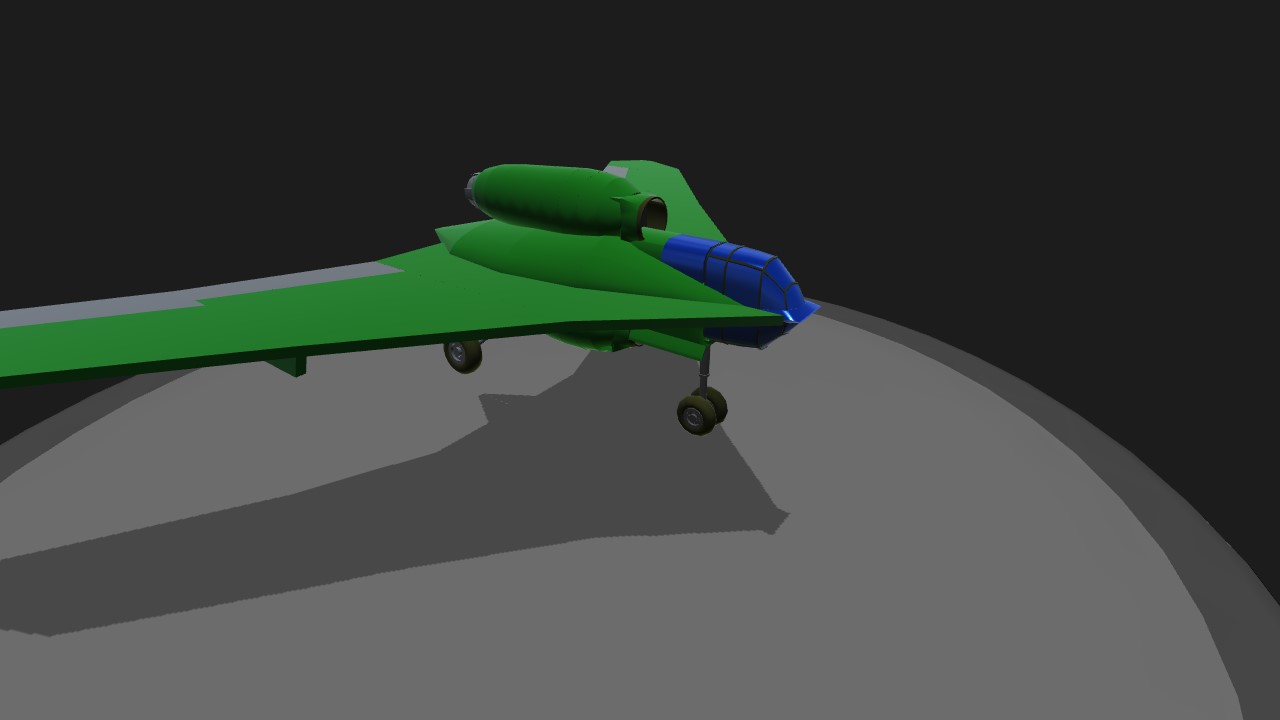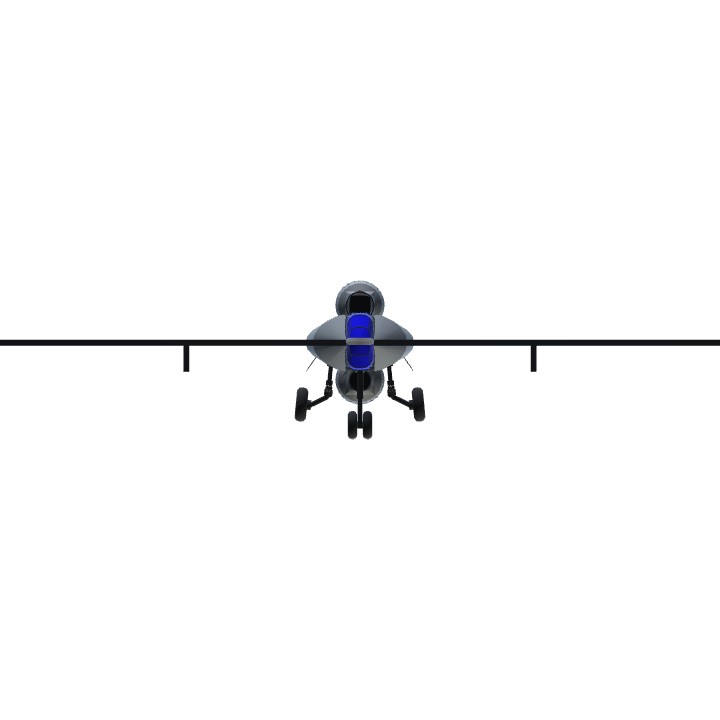In August 1944 the Gotha Aircraft Company was given the job of series production of the Horten brothers' Ho IX all-wing fighter, which would be known as the Horten Ho 229 . After receiving the plans and design data, Gotha engineers found some areas for improvement. The Ho 229 was limited in space to install new equipment or to add more crew members. More importantly, since the engines were to be enclosed in the wing, different engines could not be fitted without extensive aerodynamic testing, which was not possible time wise considering the worsening war situation for Germany. The Gotha designers, led by Dr. Ing. Hünerjäger, proposed an alternate all-wing design to the RLM in January 1945 which used many of the construction techniques as the Horten aircraft but had the advantage of being able to be modified with new equipment and engines without changing the flying characteristics greatly. The basic construction was to be a welded steel tube frame covered by plywood and "Formholz", a molded and formed wood sheathing. The Gotha Go P.60A was a flying wing that was powered by two turbojet engines near the rear of the wing center section, one above the wing and one below. One advantage to this arrangement was that any jet engine could be fitted, and maintenance would be easier with the engines in the exposed nacelles. However, in the designed Go P.60A, two BMW 003A-1 with 800 kp (1763 lbs) of thrust were to be used at first. Three fuel tanks were enclosed within the wings, one 1200 liter (317 gallon) tank in each outer wing panel and one 1200 liter (317 gallon) tank behind the cockpit. The pressurized and armored cockpit, located in the extreme nose, held two men who were in a prone (lying down) position. The prone position had the advantage of allowing the crew to withstand G-forces better, and was researched in the Berlin B9 test aircraft. This system was also used in the DFS 228 high altitude reconnaissance aircraft and the Henschel Hs 132 jet powered
Specifications
General Characteristics
- Successors 1 airplane(s)
- Created On iOS
- Wingspan 40.7ft (12.4m)
- Length 22.6ft (6.9m)
- Height 9.0ft (2.7m)
- Empty Weight 9,559lbs (4,335kg)
- Loaded Weight 14,391lbs (6,527kg)
Performance
- Power/Weight Ratio 1.561
- Wing Loading 43.7lbs/ft2 (213.6kg/m2)
- Wing Area 329.0ft2 (30.6m2)
- Drag Points 1835
Parts
- Number of Parts 49
- Control Surfaces 6
- Performance Cost 237




